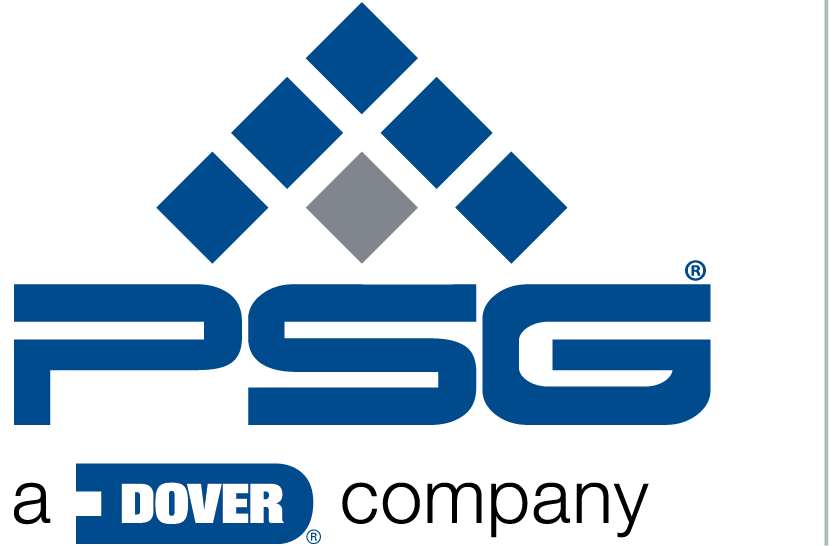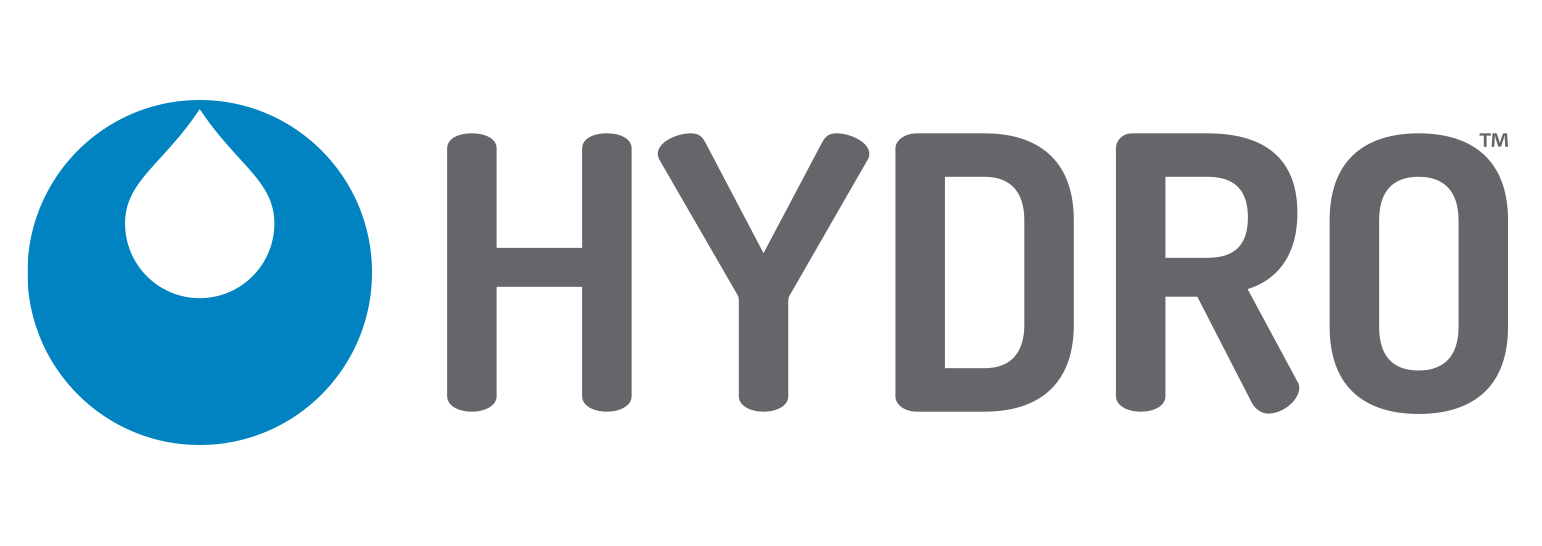The True Cost of Cleaning

Regular and proper cleaning enhances facility appearance, reduces the spread of harmful pathogens, and gives employees and customers greater confidence about their health and safety. However, many organizations struggle to quantify their current cleaning budget and to determine whether the investment needs to scale up or down. Their concerns are further exacerbated by the COVID-19 pandemic, which has led to the overuse of chemicals and intensified labor due to increased cleaning frequencies.
By analyzing numerous factors impacting cleanliness, and combining this information with actionable data, it’s possible to have a clearer picture of the cleaning process and how it is impacting your bottom line.
Factors impacting cleaning expenses
The total cost of a cleaning program is complex. Start by considering the following factors:
- Resources—Cleaning requires the correct concentration of chemical and water to successfully remove soils, kill bacteria, and inactivate viruses. If employees rely on electric cleaning equipment, these energy costs are another consideration.
- Equipment—Equipment doesn’t just consume energy; it requires an upfront investment and ongoing care. Facility managers must consider the purchase price of equipment and its anticipated lifespan, as well as the costs for recurring maintenance and repairs. Thankfully, equipment can typically make employees more efficient and improve cleaning results, thereby providing cost savings.
- People—Regular training ensures employees know how to properly clean and disinfect, as well as operate and maintain equipment. In addition to the costs and time associated with education, managers should consider the hourly wages or annual salaries of cleaning staff. Don’t forget the costs tied to employee turnover, staff hiring, and new employee onboarding to meet your cleanliness standards.
With multiple factors at play, it’s important to keep them in balance. For example, if you are not optimizing chemical, water, and energy use, that can impact the quality of cleaning results. This leads to the additional labor and consumption associated with redoing a job, thereby increasing costs.
Without a strategic equipment acquisition and maintenance plan, employees may be forced to perform more manual work, which can lead to errors and injuries. Without adequate training, staff may operate equipment improperly, apply the wrong chemicals, or even use products at the wrong dilution ratios. Thus, it’s essential to invest in the right resources, reliable and easy-to-use equipment, and qualified employees.
Data drives operational improvements
Organizations can generate cleaning program data to encourage improvements like reduced resource consumption, enhanced productivity, improved employee morale, and cost savings. Consider technologies that will enable managers to leverage data:
- Connected warewash dispensers —Internet of things- (IoT) enabled warewashing dispensers report on how effectively and efficiently machines are cleaning dishes, glassware, and utensils. They accurately track wash temperatures, machine run times, and chemical dispense rates to support food safety compliance and the bottom line. Connected dispensers can also shine a light on hidden costs that are negatively impacting your business, such as high rewash rates that drive up the use of chemicals, water, and energy. Look for dispensers that provide historical reports on alarms, chemical usage, costs, and productivity and that support the full range of chemicals and dish machines present in the market.
- Intelligent floor care machines—Robotic and manually operated floor care machines—such as scrubbers and vacuums—offer usage reports highlighting run times, routes, square footage cleaned, chemical consumption, and more. By tracking these key performance indicators, facility managers can make adjustments that will yield savings.
- Smart laundry dispensers— Like their dishwashing counterparts, IoT-powered laundry dispensers enhance the visibility of an important process. These dispensers are compatible with on-premise laundry machines as well as those used in industrial laundry settings. The dispensers can dose numerous products and communicate the number of loads processed, the volume of chemical and water used, and more. Chemical providers can service the dispensers remotely, to reduce downtime and speed up their responsiveness, without making a visit to site.
- Mobile time tracking—Knowing the times and locations cleaning staff are working can help managers run more productive and profitable operations. Mobile apps leveraging geolocation allow staff to clock in and out when they are onsite and highlight the length of time it takes them to clean a location. Real-time notifications can also alert managers when employees don’t show up for a shift, enabling them to reassign personnel and avoid lapses in cleanliness that can be costly to a company’s reputation.
Quantifying cleanliness
Assigning an accurate cost to the cleaning process requires analyzing the necessary resources, equipment, and people, then keeping them in balance. While many of these expenses are recurring, they are significantly lower than the costs associated with lapses in cleanliness, such as damage to brand image, illness and injury, noncompliance and even temporary or permanent business closures.
Technology can support cleanliness and give organizations greater visibility into their operations. When combined with a commitment to asset management and employee training, these solutions can accelerate improvements and cost savings, thereby maximizing cleaning program budgets.

Customer Service and Technical Support
Call 1-800-543-7184 Monday-Friday 8am - 5pm EST











